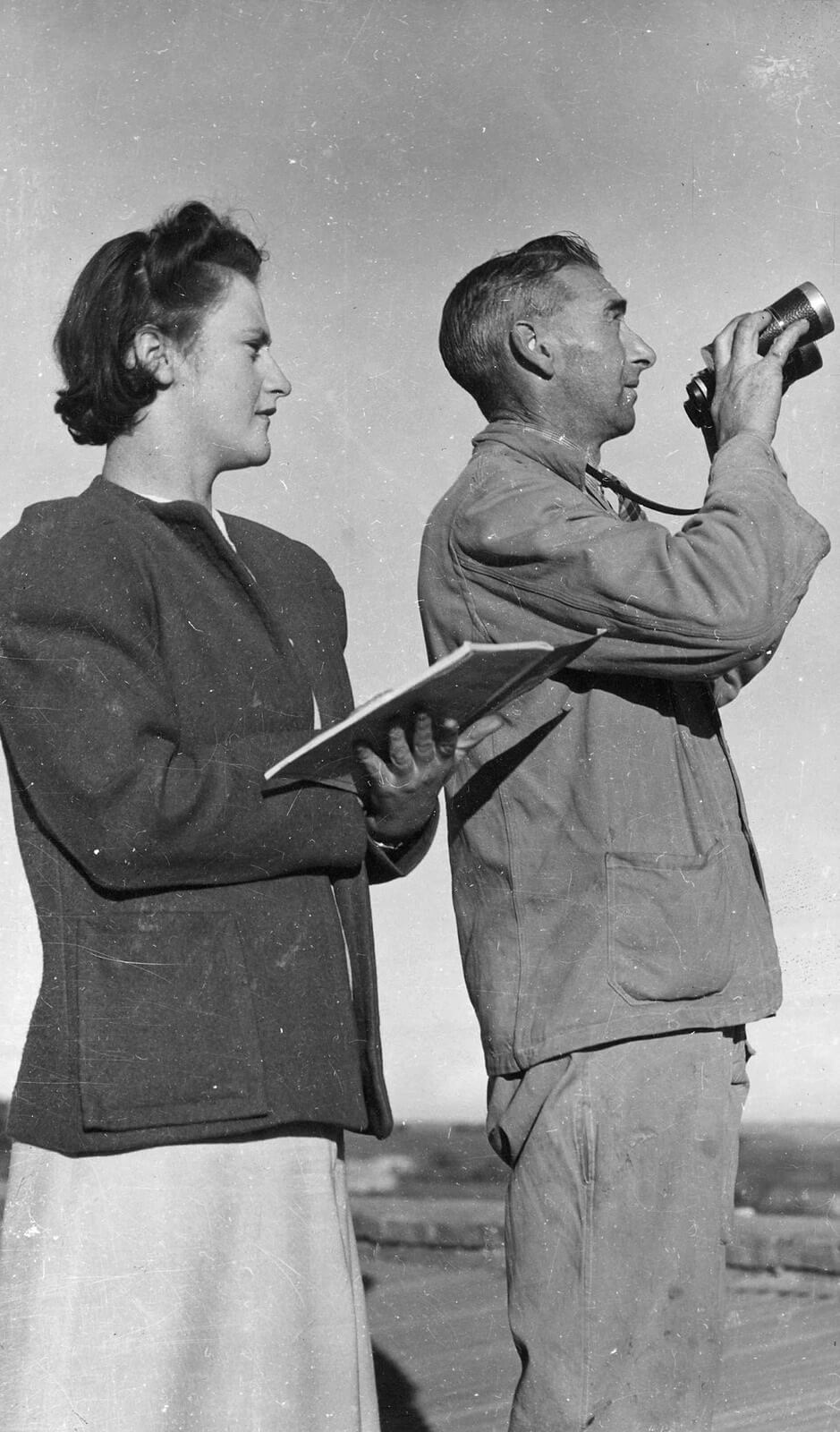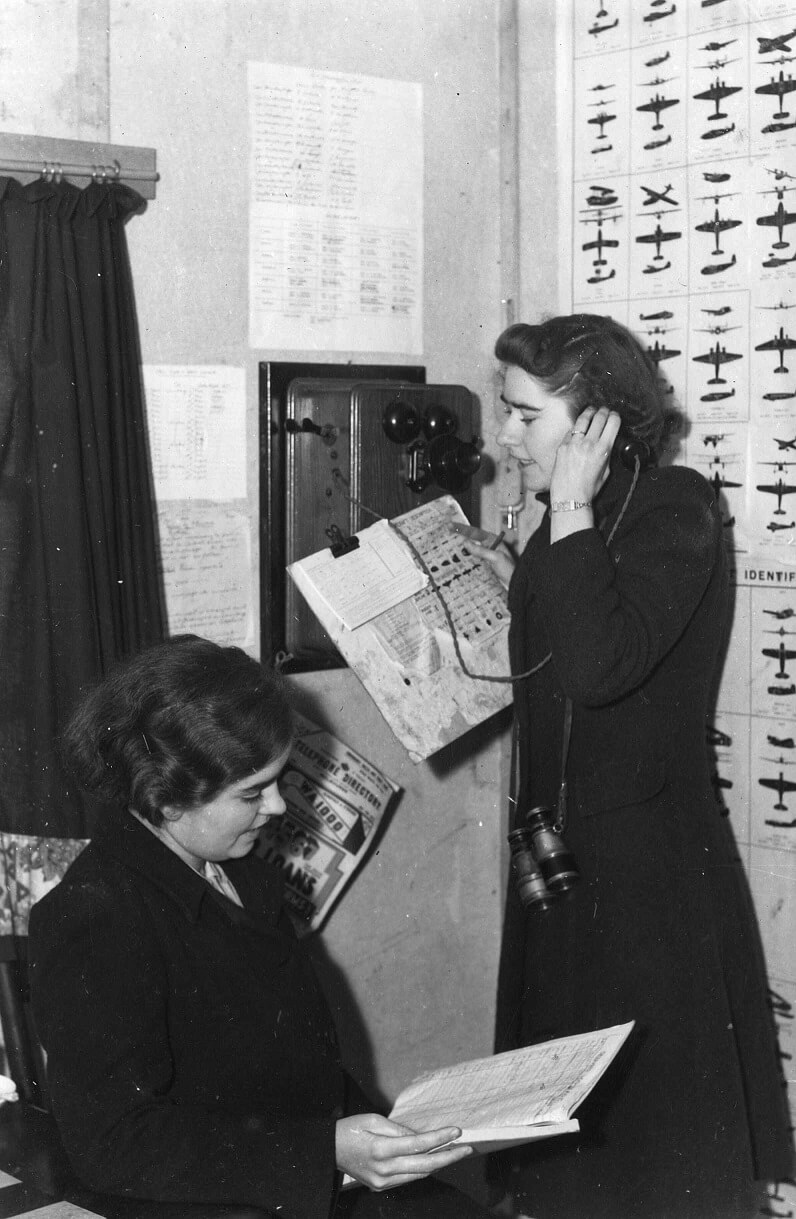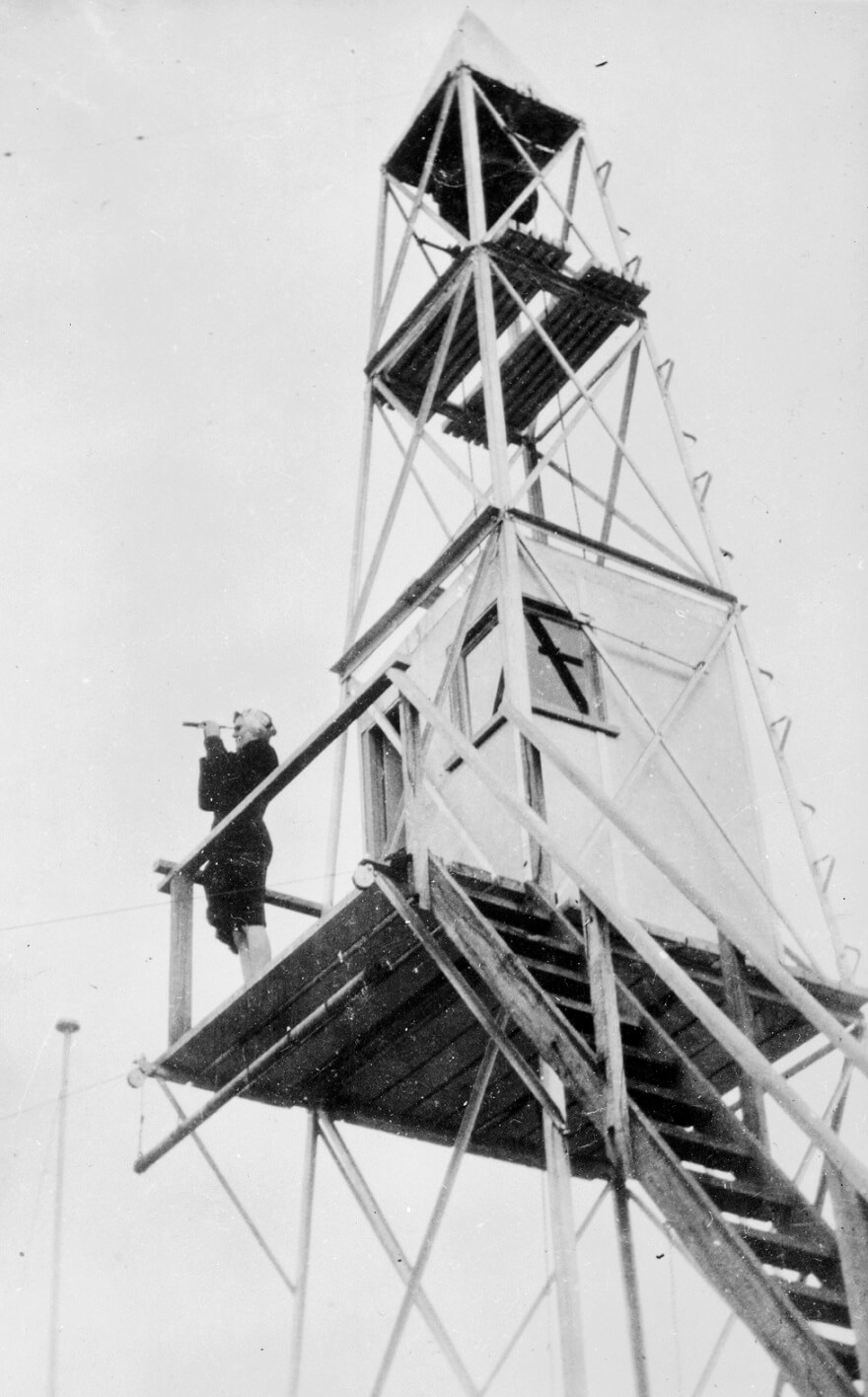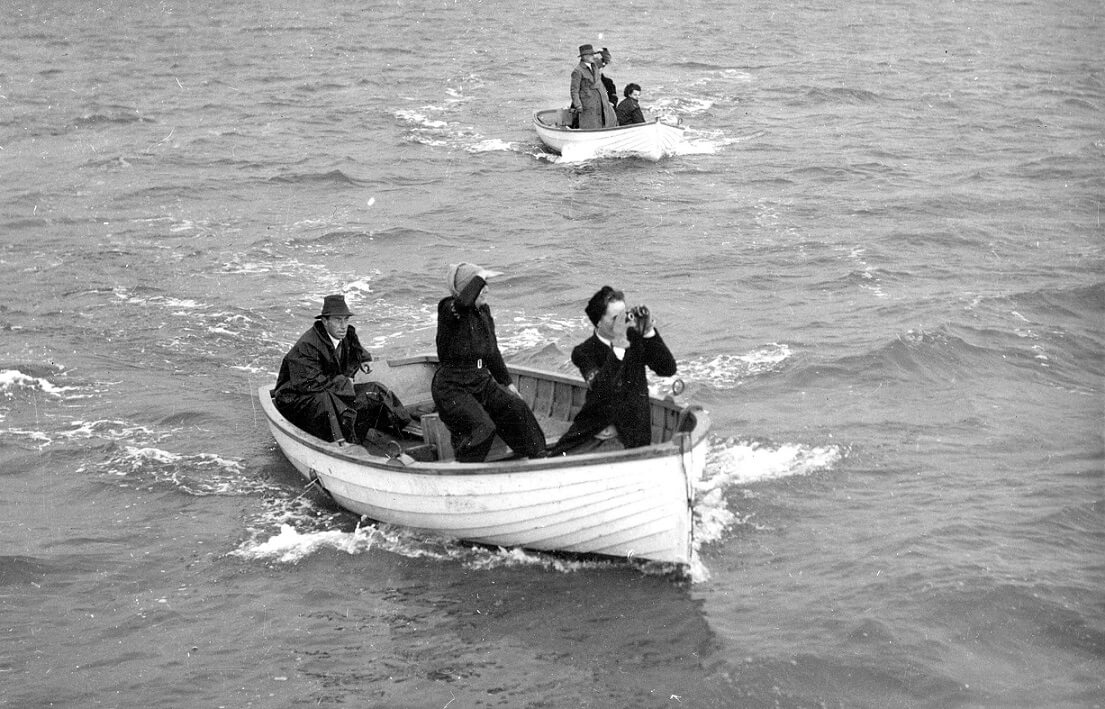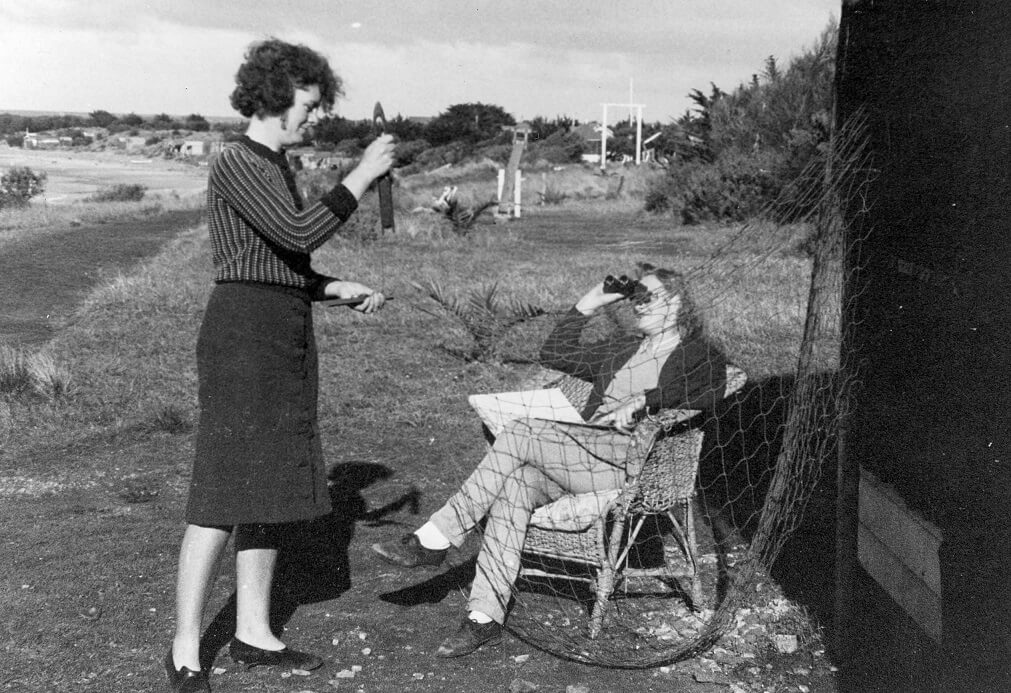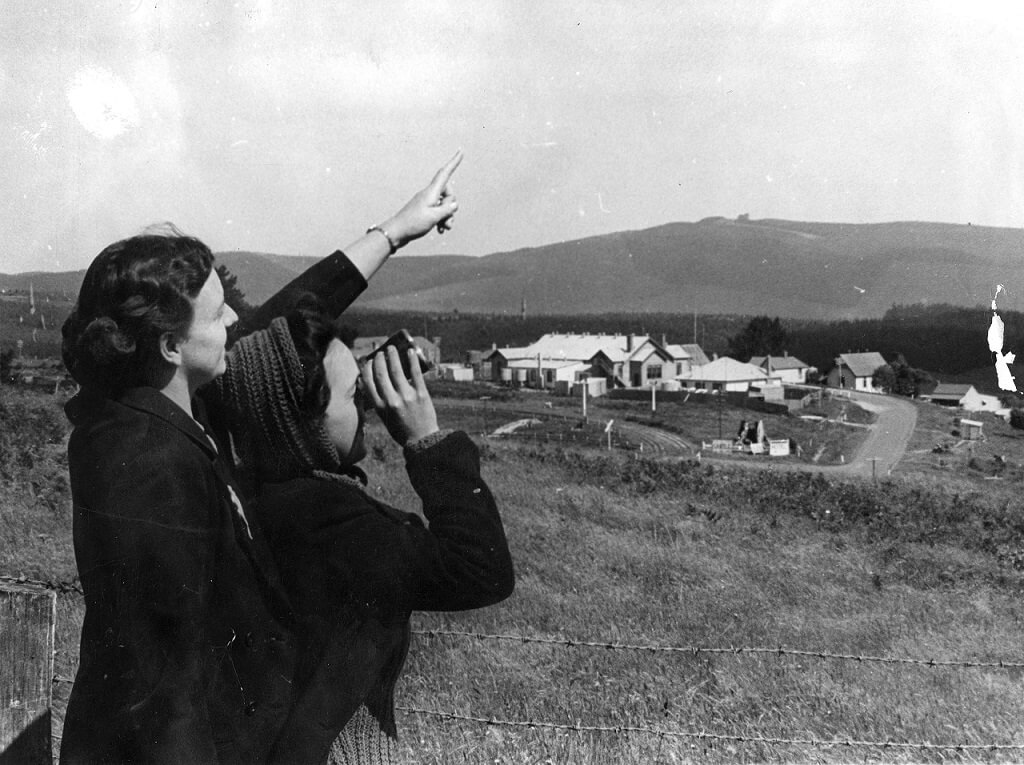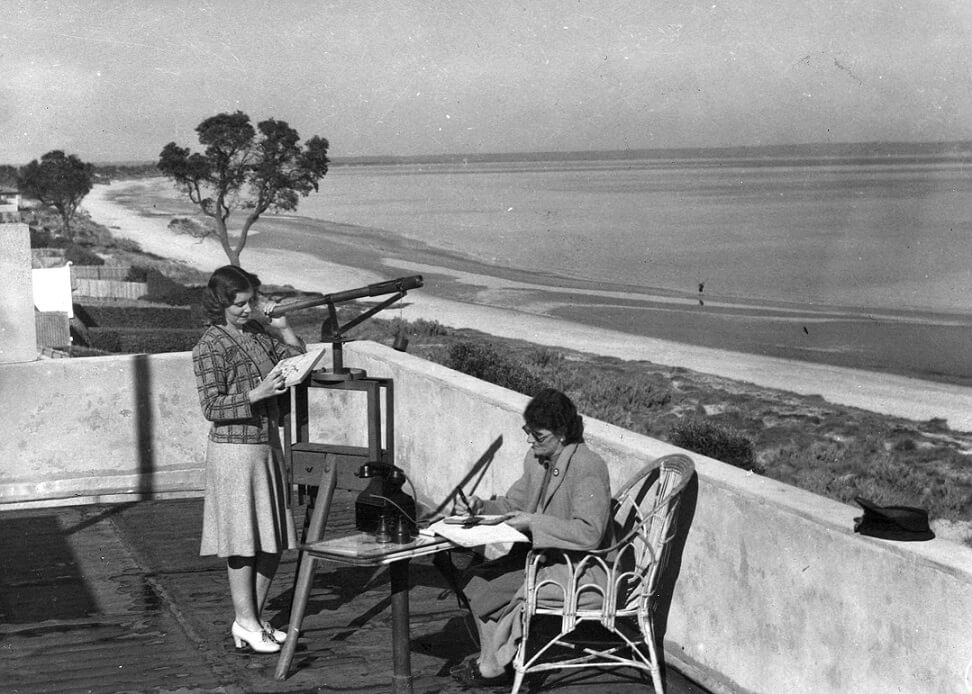The Volunteer Air Observers Corps
The Volunteer Air Observers Corps (VAOC) was formed in December 1941 to support the Royal Australian Air Force (R.A.A.F.) by sighting and observing aircraft over Australia. The VAOC was one of three main civil defence organisations. The others were the Air Raid Precautions (ARP) groups and the Volunteer Defence Corps (VDC).Observation posts were established across Australia, staffed 24 hours per day by volunteers.
At its peak in 1944 there were about 25,000 VAOC volunteers spread across 2,656 posts and 39 control zones. They reported an average of 120,000 aircraft sightings each month.
Most VAOC observers were women, some of whom made the transition to the Women’s Auxiliary Australian Air Force (WAAAF). The WAAAF played an important role coordinating and responding to the messages posted by the VAOC.
VAOC observers were provided with basic training in aircraft identification. Observation posts were established on existing buildings, such as hotels, church towers, or fire spotting towers, or natural features such as hilltops or coastal promontories.
As the threat of invasion passed, the need for the VAOC lessened and it was disbanded progressively from January 1945.
All images reproduced courtesy State Library Victoria

